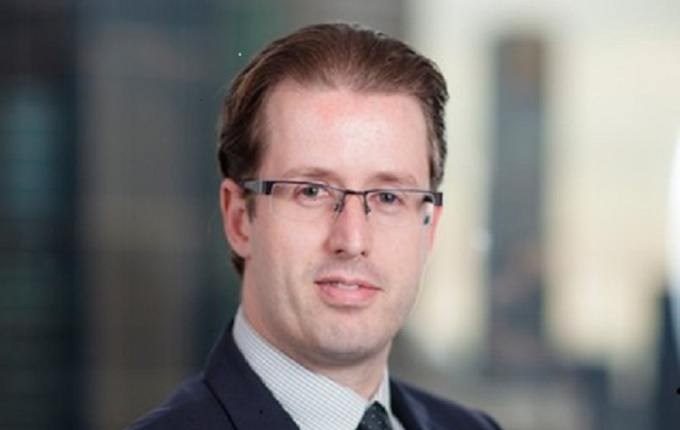CBus has finalised the majority of its internalisation program. We speak to Deputy CIO Brett Chatfield about the fund's experience and the launch of its latest quantimental strategy.
Register to Access this Exclusive [i3] Insights Article
Create a free account to access exclusive interviews with asset owners, revealing insights on investment strategies, market trends, and portfolio allocations.
If you already have an account you can Login .
If you have any issues registering an account please send us an email at [email protected].


